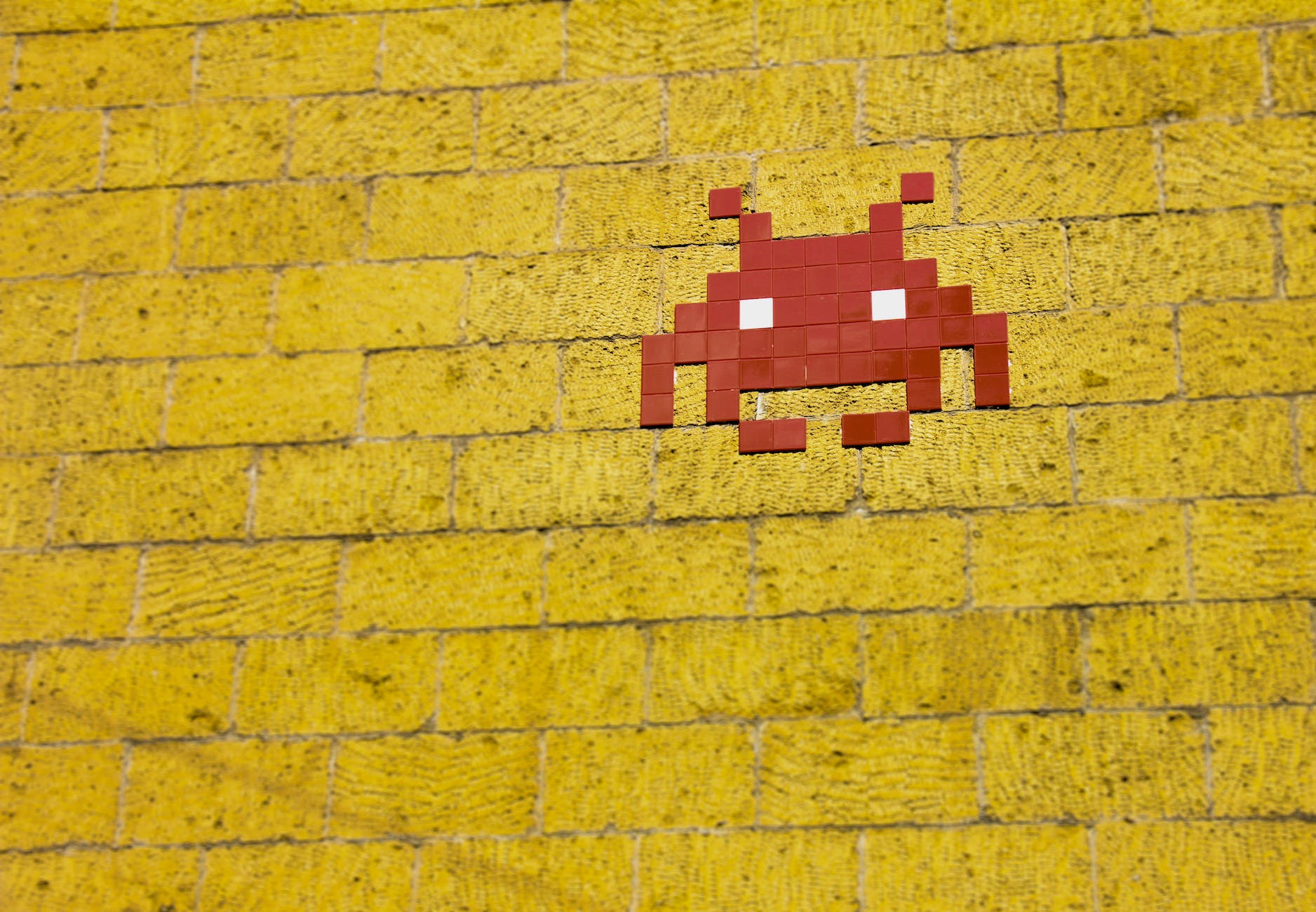Art and technology are closely intertwined. We see how a simple basic computer screen has become more colorful, than the old black and green screens of years ago, through the use of pixels.
A pixel is defined as a minute area of illumination on a display screen, one of many from which an image is composed.
When you get down to it, without pixels you would not be able to see anything on a computer screen. You may not think about them but they are used on every piece of visually based technology. They play a very important role in how we see the information.
Pixels look the same on the screen but they have many different format codings enabling them to handle various tasks. Pixel-based images when resized can lose quality becoming blurry.
Listed below are a few of the different types of basic images which can be composed for use on your computer.
.JPEG (Joint Photographic Experts Group) images are the most commonly used format. Most JPEG images are composed of eight-bit or sometimes 6-bit information. JPEGs can be compressed easily but they do not allow for transparency.
.GIF (Graphics Interchange Format) supports animation. It can also allow for transparency, to some extent, by a method of removing pixels to allow a background to show through.
.PNG (Portable Network Graphics) are files that allow for a wide range of transparency without removing pixels. There is little impact on the size of the image but the files do not allow for animation.
.BMP (Bit Map Picture) is commonly used on internet websites. It is also used in some 3D models because it allows for small image files with transparency.
.TIFF (Tagged Image File Format) files are mainly used for high-resolution images. These image files tend to be very large and are used more for posters and printing.
.Targa (Truvision Advanced Raster Graphics Array) is not widely used on the internet but is mainly used in 3D graphics such as in video games. Targa contains Alpha Channels supporting transparency in 3D graphics.
Vector Images are the use of graphics made up of geometrical primitives such as points, lines, curves, and shapes or polygons, which are all based on mathematical equations, to represent images in computer graphics. These images can be resized without becoming blurry. Examples of use would be in the creation of a Logo or computer fonts.
Listed below are a few Vector Image files:
.EPS (Encapsulated PostScript) is mainly composed of vector images that can be exported or imported to many different programs.
.PDF (Portable Document Format) is a universal format used almost everywhere on the internet. This document format can contain vector images as well as pixel images. It also allows embedded fonts.
.SVG (Scalable Vector Graphics) is a family of specifications of an XML-based file format for two-dimensional vector graphics, both static and dynamic.
